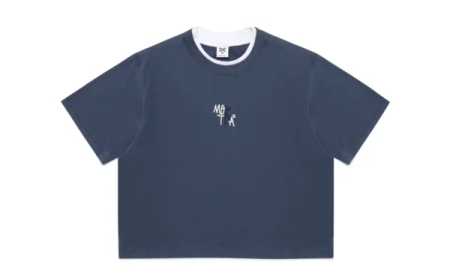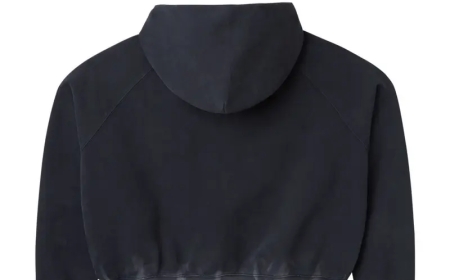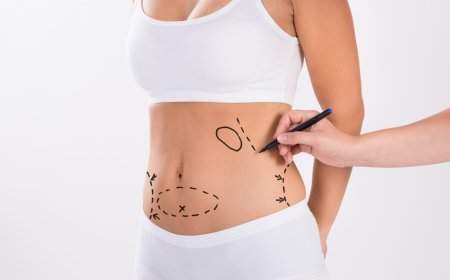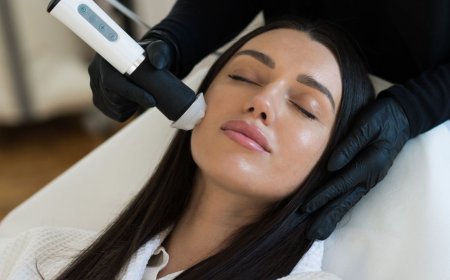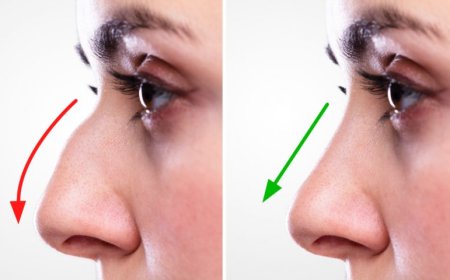The Difference Between Botox and Dermal Fillers
Dermal fillers restore volume, smooth wrinkles, and enhance facial contours for a youthful, refreshed appearance with minimal downtime.

In the ever-evolving field of aesthetic medicine, non-surgical treatments have grown immensely popular, especially among individuals looking for subtle enhancements without downtime. Two of the most commonly requested procedures in this realm are Botox and dermal fillers. While both treatments are injectables used to combat the visible signs of aging, they function very differently, target different concerns, and produce unique outcomes. For those seeking anti-aging solutions like Dermal Fillers in Islamabad, understanding the difference between these two procedures is crucial for choosing the right treatment for your needs.
Understanding Botox
Botox is the brand name for Botulinum Toxin Type A, a purified neurotoxin that works by temporarily paralyzing muscles. It is primarily used to treat dynamic wrinklesthose formed by repeated facial movements such as smiling, frowning, or squinting. Botox inhibits the nerve signals that trigger muscle contractions, thereby softening expression lines and preventing the formation of new wrinkles.
Common Areas Treated with Botox:
-
Forehead lines
-
Crows feet (around the eyes)
-
Frown lines between the eyebrows (glabellar lines)
-
Bunny lines (on the sides of the nose)
-
Neck bands
-
Jawline slimming (masseter muscle)
How Botox Works:
When injected into specific facial muscles, Botox blocks the release of acetylcholine, a neurotransmitter that signals muscles to contract. This relaxation of the muscles smooths out wrinkles in the overlying skin. The effects typically begin to appear within 35 days and reach their full impact by two weeks.
Duration of Results:
Botox results usually last 3 to 4 months, after which muscle activity gradually returns, and retreatment is needed to maintain results.
Understanding Dermal Fillers
Dermal fillers, on the other hand, are gel-like substances injected beneath the skin to restore lost volume, smooth static wrinkles, and enhance facial contours. Unlike Botox, fillers do not affect muscle movement. Instead, they fill in lines or areas where volume has been depleted due to aging or weight loss.
The most commonly used dermal fillers are made of hyaluronic acid (HA), a naturally occurring sugar molecule that helps retain moisture and plump the skin. Other materials used in fillers include calcium hydroxylapatite, poly-L-lactic acid, and PMMA microspheres, each serving a unique purpose.
Common Areas Treated with Dermal Fillers:
-
Lips (augmentation and shaping)
-
Cheeks (volume enhancement and lift)
-
Nasolabial folds (lines from the nose to the corners of the mouth)
-
Marionette lines (lines from the mouth to the chin)
-
Under-eye hollows (tear troughs)
-
Chin and jawline contouring
How Dermal Fillers Work:
Fillers are injected at different depths in the skin depending on the treatment area and desired result. Hyaluronic acid fillers also attract water molecules, enhancing hydration and creating a natural, plump appearance. Other filler types stimulate collagen production, which gradually improves skin texture and elasticity over time.
Duration of Results:
The longevity of dermal fillers varies by type and treatment area:
-
Hyaluronic acid fillers: 6 to 18 months
-
Calcium hydroxylapatite: 12 to 18 months
-
Poly-L-lactic acid: Up to 2 years
-
PMMA fillers: Up to 5 years
Botox vs. Dermal Fillers: A Side-by-Side Comparison
| Feature | Botox | Dermal Fillers |
|---|---|---|
| Main Ingredient | Botulinum Toxin Type A | Hyaluronic Acid, CaHA, PLLA, PMMA |
| Mechanism | Muscle relaxation | Volume restoration and wrinkle filling |
| Type of Wrinkles Treated | Dynamic (expression lines) | Static (wrinkles from aging/volume loss) |
| Onset of Results | 35 days | Immediate (HA), gradual (PLLA) |
| Duration of Results | 34 months | 6 months to 5 years |
| Areas Treated | Forehead, eyes, jawline | Cheeks, lips, nasolabial folds, chin |
| Collagen Stimulation | No | Some types (PLLA, CaHA) stimulate collagen |
| Customization | Limited to muscle control | High degree of volume and contour control |
Which One Should You Choose?
The choice between Botox and dermal fillers depends on several factors:
1. Type of Wrinkles
If your primary concern is dynamic lines caused by facial expressionssuch as crows feet, frown lines, or forehead creasesBotox is the preferred treatment. If you're dealing with deeper lines due to volume loss or want to enhance facial features, dermal fillers are more suitable.
2. Desired Outcome
Botox is ideal for smoothing fine lines and preventing wrinkles from deepening. Fillers, on the other hand, are excellent for sculpting and rejuvenating the face by adding volume to sagging or hollow areas.
3. Age Considerations
Younger patients often benefit from Botox as a preventative measure, while older individuals experiencing volume loss might find dermal fillers more effective for facial rejuvenation.
4. Combination Therapy
In many cases, a combined approach using both Botox and dermal fillers yields the most comprehensive results. For example, Botox can relax the muscles causing forehead lines, while fillers can restore volume in the cheeks and lips for a harmonious, youthful appearance.
Safety and Side Effects
Both Botox and dermal fillers are considered safe when administered by licensed and experienced professionals. However, each carries specific risks:
-
Botox Side Effects: Mild bruising, headache, drooping eyelids (rare), asymmetry if improperly injected.
-
Filler Side Effects: Swelling, redness, bruising, lumps, rare complications like vascular occlusion.
Proper assessment, anatomical knowledge, and precision are key to minimizing risks and achieving optimal results.
The Importance of Choosing the Right Clinic
Non-surgical cosmetic procedures are medical treatments that require expertise, training, and clinical oversight. Whether you choose Botox, dermal fillers, or a combination of both, it is essential to consult with a qualified provider who understands facial anatomy and can customize your treatment plan safely and effectively.
A reputable clinic will also use only FDA-approved products, adhere to hygiene protocols, and provide clear pre- and post-treatment instructions to ensure you get the best outcome.
Conclusion
Botox and dermal fillers are powerful tools in the field of cosmetic dermatology, each offering unique benefits depending on your aesthetic goals. Botox works by relaxing facial muscles to prevent and reduce dynamic wrinkles, while dermal fillers restore volume, sculpt facial features, and smooth out deeper lines caused by aging. Knowing the difference between the two treatmentsand how they can work togetherhelps in creating a personalized anti-aging strategy tailored to your needs.
If you're exploring the world of non-invasive facial rejuvenation and looking for expert advice and treatment options, the SKN Cosmetics clinic offers advanced solutions for both Botox and Dermal Fillers in Islamabad. Their team of skilled professionals ensures safe, effective, and natural-looking results using the latest techniques and premium products in the field of aesthetic medicine.








